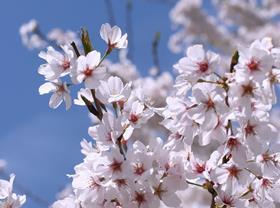
Researchers from Australia’s University of Adelaide have introduced a method of using bees to deliver a biological control agent to protect cherry orchards from brown rot.
Called the ‘flying doctors’ project, cherry growers can sprinkle the biological control agent, which contains spores of a parasitic fungus designed to prevent the brown rot causing fungus, into a dispenser placed in front of the beehive. From there, the bees pick up the spores and deliver them to the flowers.
The technique, called entomovectoring, has been used to control strawberry grey mould in Europe, but this will be the first time the method has been used in Australia, and a world first on cherry orchards.
“All commercial cherry growers spray during flowering to control the later development of cherry brown rot. Instead of spraying fungicide, we’re using bees to deliver a biological control agent right to the flowers where it is needed,” Katja Hogendoorn, researcher at the University of Adelaide, said in a press release. “The bees deliver control on target, every day. There is no spray drift or run-off into the environment, less use of heavy equipment, water, labour and fuel.”
Brown rot costs the Australian cherry industry around A$150m a year, but Hogendoorn said that, if successful, the Flying Doctors project could be adopted for disease control in other crops, including almonds, grapes and apples, and potentially give a much needed boost to the declining bee population.
The project had been funded by the Australian government and is being trialled at 10 orchards.



